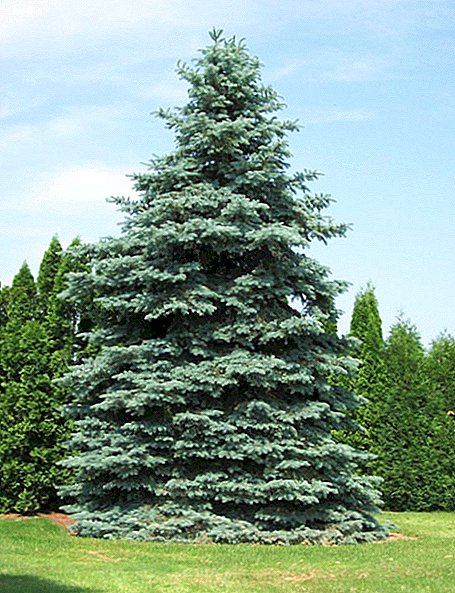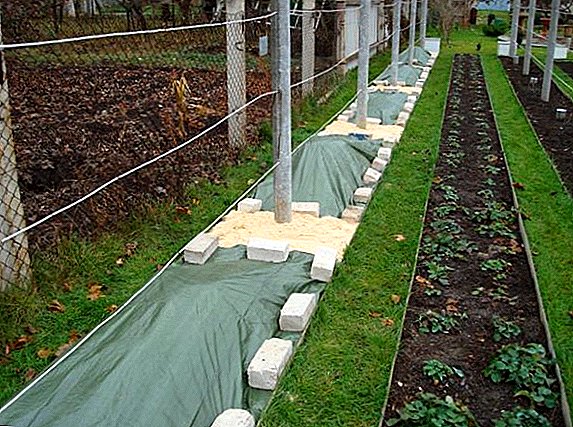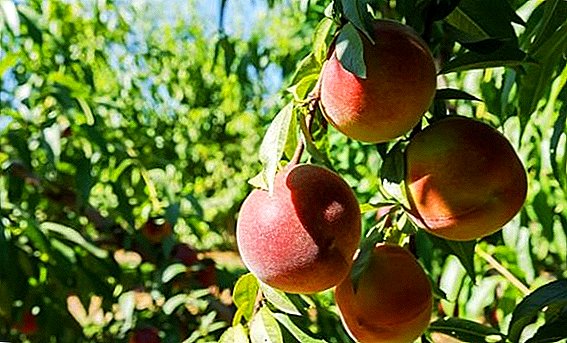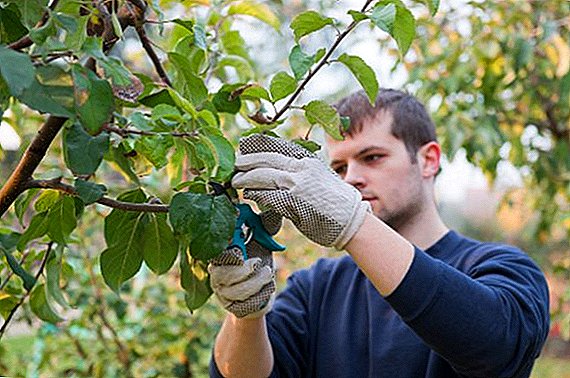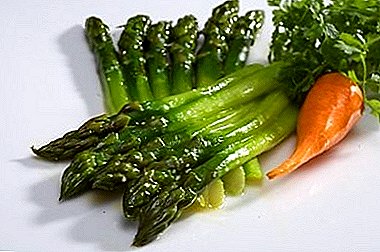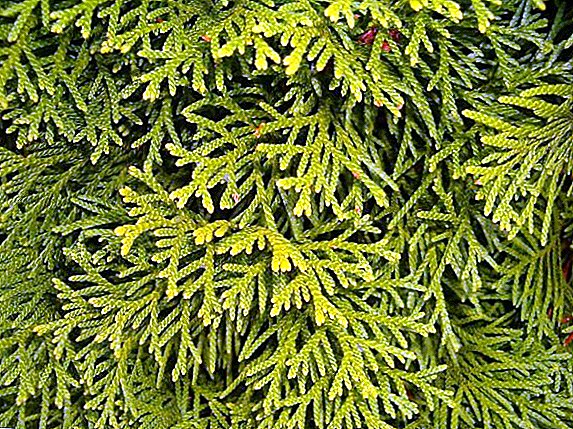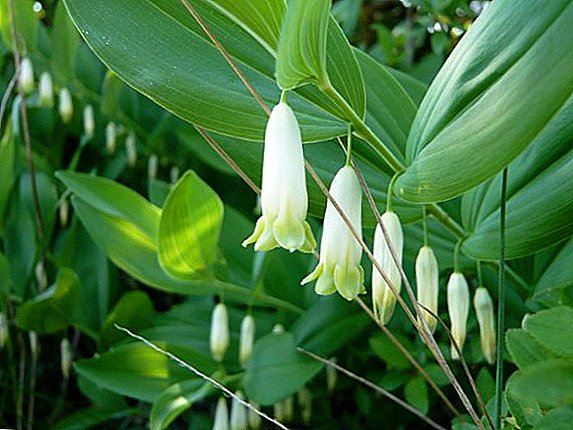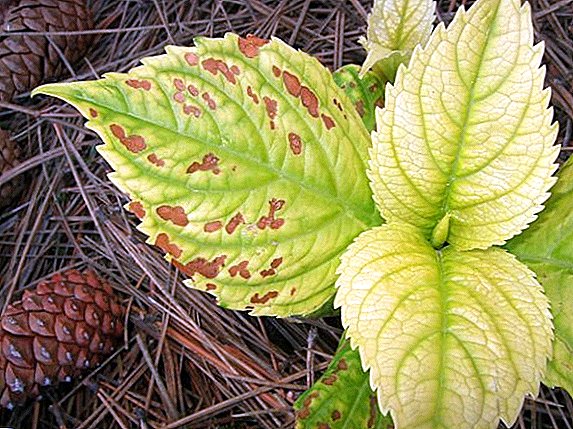 In order to create a cozy and comfortable atmosphere in the house, you can safely use houseplants, as they are an essential attribute of the interior. Most often, a high decorative effect indicates vulnerability and susceptibility to diseases and pests. One of the most common illnesses is chlorosis of plants, and for what reasons it occurs, and how to choose the right treatment - we will now sort it out.
In order to create a cozy and comfortable atmosphere in the house, you can safely use houseplants, as they are an essential attribute of the interior. Most often, a high decorative effect indicates vulnerability and susceptibility to diseases and pests. One of the most common illnesses is chlorosis of plants, and for what reasons it occurs, and how to choose the right treatment - we will now sort it out.
What kind of disease and what is dangerous
If you notice that the leaves of the indoor plant turned yellow or turned white, this may signal the presence of such a disease as chlorosis. It causes a violation of the release of chlorophyll in the foliage, which, accordingly, slows down vital photosynthesis. Roughly speaking, since chlorophyll is responsible for the green color of the leaves, their bright saturated color indicates that the substance is present in large quantities in them. The disease cannot be called very dangerous, but in advanced cases the death of the plant is not excluded. In order to prevent this, you must always be on the alert and know the main causes and symptoms of the appearance of this disease. 
Did you know? In order to always control the level of moisture in the pots with your favorite flowers, you can get automatic flasks for their watering. This not only saves your time, but also allows you to avoid many diseases that are associated with a shortage or excess of water.
Causes of infection
Most often, the cause of infection is the lack of minerals, it is also called non-infectious chlorosis. Lack of iron, zinc, magnesium, nitrogen and other beneficial substances create a favorable background for the development of the disease. An excess or lack of moisture can also provoke ailment. High levels of lime and salt can also cause infections. Viruses can also provoke the development of infectious chlorosis, although they are also capable of carrying pests.
Signs of defeat
Determining on the eyes of which particular substance is missing is quite difficult, but possible. Common signs for all types of chlorosis are growth retardation, the appearance of smaller leaves, discoloration of the veinlets and the plate itself, young or old shoots. The fact that a plant is unhealthy can also be determined by flowers, they change their shape and become unattractive. Suffer and roots that begin to grow worse, and if you do not pay attention to it in time, then die at all. 
Iron deficiency - The most common problem due to which the disease develops. Iron deficiency manifests itself in the form of yellowing of the leaf plate, but at the same time the color of the veins on the foliage does not change and remains bright and saturated. The first affected young shoots.
Important! Soil with a high lime content can trigger iron chlorosis.If plant not enough magnesium the disease manifests itself in almost the same way as with a lack of iron. The only difference is that not young leaves, but mature leaves are the first to suffer. Experts note the symptomatic similarity of magnesium deficiency with mosaic disease. The leaf begins to change color gradually, first the edges are affected, and then the whole plate is covered. Often, green takes on a red or orange tint or even color.

When in soil not enough sulfur the disease begins to infect young foliage, but at the same time, the veinlets suffer first, and then it spreads to the whole plate. With high acidity of the soil, there may be a shortage of nitrogen. In this case, the veins on the lower foliage will turn yellow, and then the entire leaf will change color.
If the soil is observed high nitrogen content this can lead to zinc deficiency. It in turn appears on mature shoots, and is characterized by the formation of reddish and yellowish dots on the foliage, which can later cause a discoloration.
Important! In order that the diagnosis does not cause doubts, it is possible to carry out a soil analysis in a specialized laboratory.

Houseplants are most prone to chlorosis
Let's look at plants that are more prone to this disease, and during planting of which, the process should be controlled so that they remain healthy and there are no unpleasant problems with cultivation.
- Azalea

- Ficus
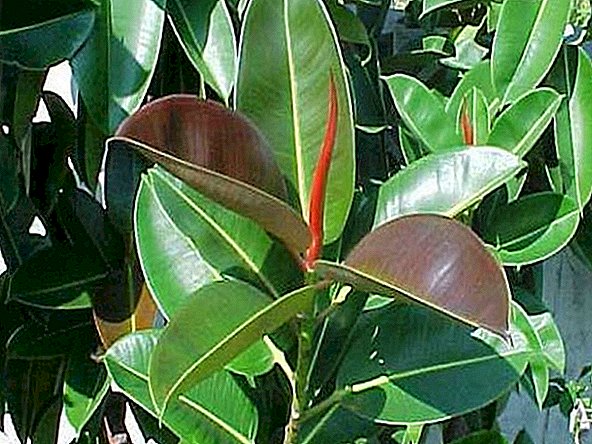
- Hibiscus

- A variety of citrus fruits
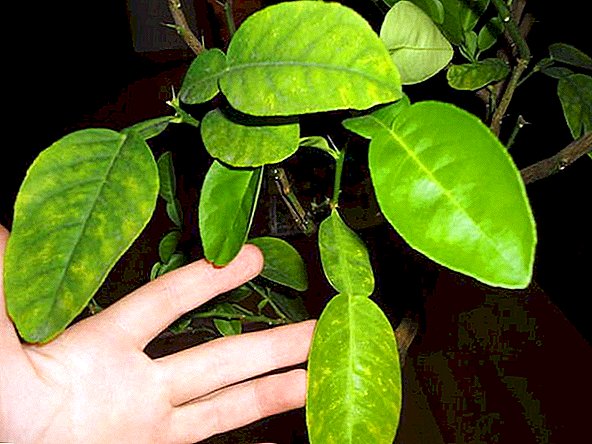
- Gardenia
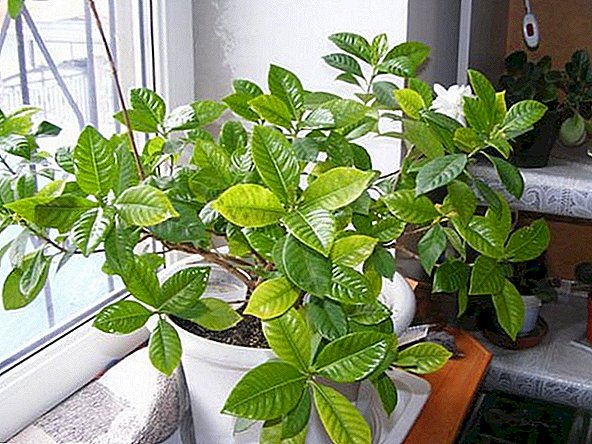
- Clerodendrum
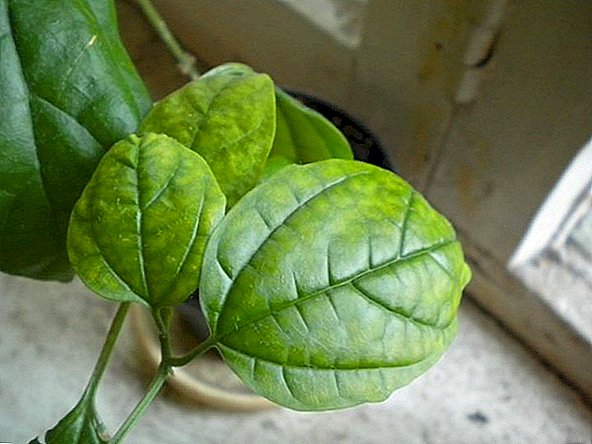
- Abutilon
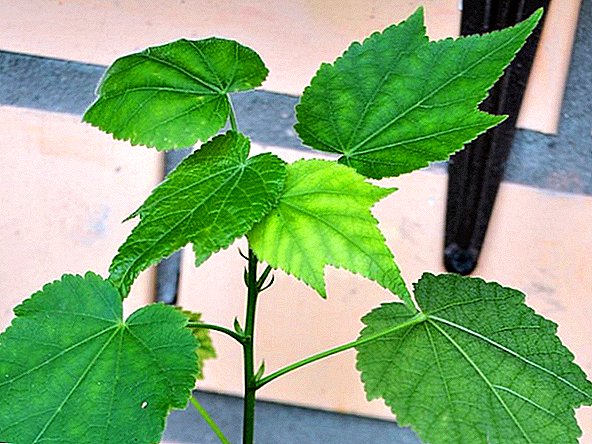
Learn how to treat chlorosis on grapes.
Preventive measures
The best preventive measure is to comply with the rules of planting and following the recommendations for the care of the plant. If fertilizing with complex mineral fertilizers is carried out in a timely manner and the soil is properly moistened, the risk of occurrence of any disease, including chlorosis, is very small. Important! As a preventive measure, experts recommend watering with acidic water, for its preparation it is necessary to mix a teaspoon of ascorbic acid with 1 liter of water, and water the flowers every 7 days.
Methods of struggle
If the disease has already been diagnosed, special pharmacy and homemade preparations the action of which will be no less effective when applied from chlorosis plants. In order to prepare the medicine at home, you need citric acid, iron sulphate and water (1 l), which must be boiled beforehand and cooled. In cold water, you need to dissolve half a teaspoon of ascorbic acid and 2.5 g of ferrous sulfate. As a result, we get iron chelate which can be watered and sprayed sick plants. Store the solution prepared at home, can be no more than 14 days. 
Pharmacy drugs are faster and more effective. After applying them, the result is almost immediately noticeable. With the help of various compositions with a high content of iron chelate, the plant quickly recovers and returns to its vital rhythm. The most common drugs for chlorosis are Ferrovit, Fe + and Ferrilen. Apply them according to the instructions, by spraying or add to water for irrigation. In the first case, the drug starts its effect much faster and the result will not have to wait long. Watering a plant with medicine is no less effective, but its action comes a little slower than when the drug comes in contact with foliage.
Did you know? If you plant a ficus at home, then success and luck will always go side by side with you. It is believed that the ficuses are able to attract fortune.Naturally did not pass by the treatment of chlorosis and ethnoscience. Experienced growers, struggling with the disease with the help of old rusty nails. Amazingly, the effectiveness of this method is incredibly high. And in order to use it enough, find the nails that have already been badly damaged by rust, and add them to the pot, lightly sprinkled with earth. Iron will be oxidized during irrigation and thereby normalizes the composition of the soil in the pot, and hence the cause of the disease will be eliminated.

It is always better to be proactive, and to prevent various ailments with the help of quality care and timely feeding room pets. But now, even if the plants get sick with a common disease like chlorosis, we know how to treat it.
Check out which common diseases are harmful to plants: Alternaria, moniliosis, verticillium wilt, anthracnose, powdery mildew, late blight, scab, top rot, rust, oidium and keel.










